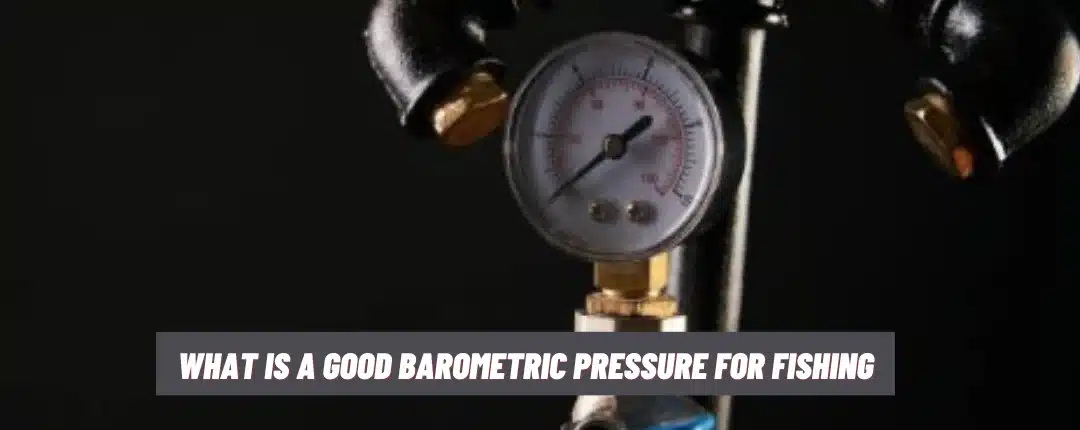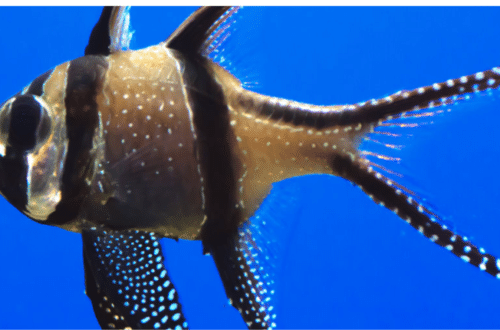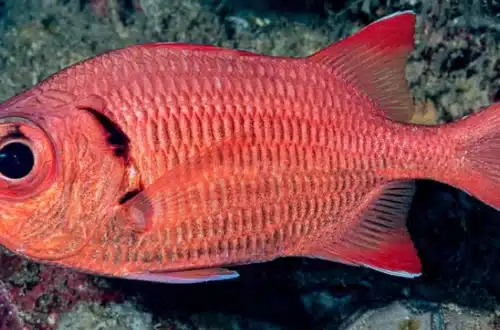Experienced anglers know that barometric pressure can significantly impact fishing conditions and success. But what exactly constitutes good barometric pressure for reeling in that trophy catch? Optimal ranges depend on fish species, weather conditions, and other environmental factors. How to read the forecast barometer and interpret pressure trends will give you a leg up for planning your excursions around ideal conditions.
This article explores favourable barometric zones for different fish types, how pressure affects feeding activity and strategies for finding just the right pressure windows. You’ll gain the barometer literacy every angler needs to pinpoint productive times to cast your line.
Barometric Pressure for Fishing
Before we dive into the ideal barometric pressure for fishing, let’s demystify the term itself. Barometric pressure, or atmospheric pressure, is the force exerted by the atmosphere at a given point. It influences weather patterns and can impact fish behaviour. The standard unit of measurement for barometric pressure is inches of mercury (inHg) or hectopascals (hPa).
What Drives Barometric Pressure?
Changes primarily influence barometric pressure in the weather. High-pressure systems generally bring clear skies and stable conditions, while low-pressure systems are associated with cloudy, potentially stormy weather. Understanding this dynamic is crucial for anglers to decipher the best times to cast their lines.
Impact on Fish Behavior
Fish are highly attuned to their environment, and barometric pressure is no exception. Changes in pressure can affect the distribution and activity levels of fish. Fish tend to be more active and willing to bite when the pressure is stable or rising. On the other hand, a sharp pressure drop might lead to decreased fish activity.
Decoding the Optimal Barometric Pressure

Now that we grasp the basics, let’s explore what qualifies as an excellent barometric pressure for fishing. The answer isn’t one-size-fits-all, as it varies based on the fish species and the specific fishing location. However, a general guideline is to aim for stable or rising pressure for optimal fishing conditions.
The Sweet Spot
For many anglers, the sweet spot lies in the range of 29.70 to 30.40 inches of mercury. Within this range, the pressure is relatively stable, creating an environment conducive to active fish behaviour. Monitoring pressure trends leading up to your fishing trip is essential to increase the likelihood of success.
Tailoring to Fish Species
Different fish species may exhibit preferences for specific pressure conditions. For example, some species may respond more to low-pressure systems, while others thrive in high-pressure environments. Researching the choices of your target species can give you a competitive edge on your fishing excursions.
Local Factors Matter
In addition to fish species, local factors play a significant role in determining the ideal barometric pressure. Water temperature, depth, and topography can influence how fish respond to pressure changes. Being attuned to these nuances will make you a more prosperous and informed angler.
Practical Tips for Fishing Success
Armed with the knowledge of what constitutes good barometric pressure for fishing, let’s explore some practical tips to maximize your chances of success on the water.
Monitor Weather Forecasts
Stay abreast of weather forecasts leading up to your fishing trip. Tools and apps are available to track barometric pressure trends, allowing you to plan your outings during favourable conditions.
Experiment with Different Conditions
While stable or rising pressure is generally favourable, don’t shy away from experimenting with various conditions. Fish behaviour can be unpredictable, and adapting to changing circumstances is vital to success.
Time Your Fishing Expeditions
Plan your fishing trips during periods of optimal barometric pressure. Early mornings and late afternoons are often conducive to increased fish activity, giving you a higher chance of a successful catch.
Adapt to Seasonal Changes
Recognize that the ideal barometric pressure may vary with the seasons. Fish behaviour evolves throughout the year, so tailor your approach based on the specific conditions prevalent during each season.
Technological Assistance
Leverage technology to enhance your fishing experience. Sonar devices and fish finders can provide real-time data on fish location and behaviour, complementing your understanding of barometric pressure.
Science Behind Barometric Pressure
The scientific principles behind barometric pressure are fundamental to becoming a proficient angler. Explore the atmospheric dynamics and their impact on fish behaviour.
Fish Responses to Pressure Changes
Drop into the nuances of how different fish species respond to fluctuations in barometric pressure. Uncover the secrets that can elevate your fishing game.
Pressure and Seasonal Fishing Patterns
Explore the correlation between barometric pressure and seasonal changes, unravelling the mysteries of how fish behaviour adapts throughout the year.
Fishing at Different Times of the Day
Explore the advantages of fishing during specific times of the day based on barometric pressure. Optimize your outings by aligning your schedule with periods of increased fish activity.
Final Thoughts
The nuances of what constitutes an excellent barometric pressure for fishing are pivotal for angling success. The dynamic interplay between atmospheric conditions, fish behaviour, and local factors empowers anglers to plan their excursions strategically.
You can unlock the secrets of optimal fishing conditions by monitoring pressure trends, adapting to changing circumstances, and leveraging technological advancements. What is an excellent barometric pressure for fishing? It’s the key to maximizing your chances of reeling in that trophy catch.






